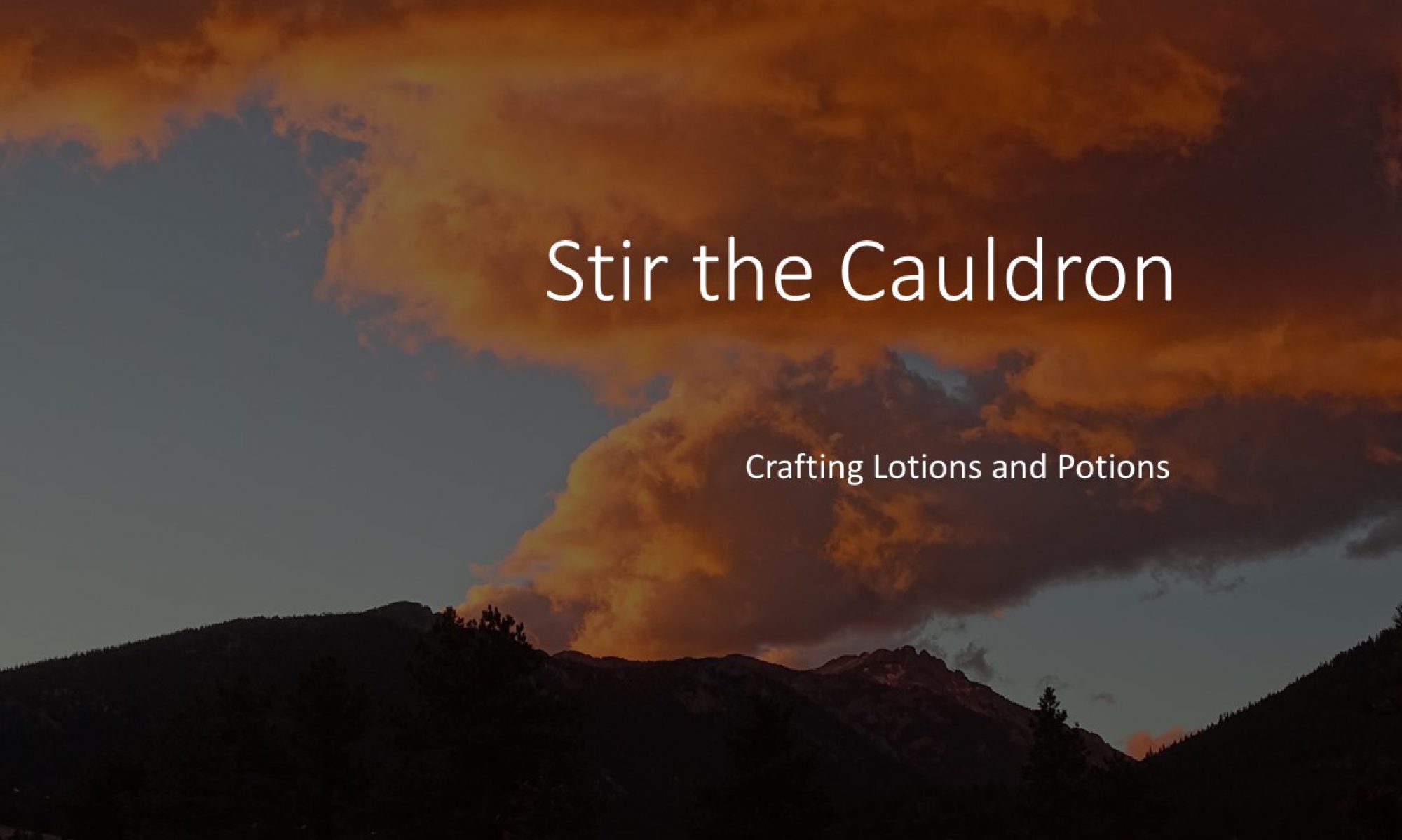“Algebra? I don’t know why they teach algebra in schools. I’ve never used algebra.”
Overheard in Images Hairdressers, Kings Stanley
Images is closed for the foreseeable future. It may be symptomatic of being into the fourth week of self-isolation that the idea of algebra comes to mind. It’s not that scary. Honest.
Packaging is everything
Once you start to make cosmetics, you start to get insights into the way many industries operate. You start to notice common patterns. One of the most common is taking something relatively commonplace, wrapping it in shiny packaging and marketing it as special and desirable. Our magpie instincts cause us to fall for this time and time again.
Water

Let’s start with bottled water. It fits the pattern. Take water, which is normally inexpensive at the point of source, and put it in a fancy (and rather more expensive) bottle. Transport it, advertise it, and sell it for many times the combined cost of the bottle and contents. Yes, re-usable personal drinking bottles are making some impact on the market, but not so much. Perhaps we could look at the production costs of, say, Chilly’s Bottles sometime. (Would you believe a price of US $0.81 at the point of manufacture?) Anyway, back to water:
The arguments about large corporations and the effects of their operations on local water supplies run in parallel with accusations of profiteering. In 2005 Nestlé chairman Peter Brabeck is reputed to have said that water is not a right. Water should be given a market value and privatized. This has been disputed hotly ever since, and following the backlash in the media, Nestlé has affirmed that they support the right to water recognized by the United Nations. The point behind Brabeck’s remark, Nestlé asserts, was that we should assign a market price to water so that we respect its value and don’t waste it.
In September 2018 The Independent reported on the effects of a Coca-Cola plant in Mexico upon local water supplies. While the Coca-Cola contractor extracted 1.08 million litres of water a day from a deep well, local shallower wells ran dry. Local people were faced with the choice of buying bottled water, or walking 2 hours a day to find alternative water sources.
Desani in UK
Sometimes the Emperor’s New Clothes are revealed:
Attempts by Coca-Cola to market bottled water in the UK in 2004 stopped when the company voluntarily withdrew their water brand Dasani from the UK market. The Guardian revealed that the UK Food Standards Association investigated claims that Dasani was “pure water” when it emerged that the water was no more than filtered mains water. The source of the UK Dasani offering was a Thames Water supply in Sidcup (in the Greater London area). Thames Water charged GBP 0.06 per litre for the water supply. Coca-Cola charged GBP 0.95 for a 500ml bottle after passing it through “a highly sophisticated purification process”. Samples of Dasani were found to be less fit for consumption than the unfiltered feed from Thames Water. Oops.


Cheap hardware, expensive consumables
It is a marketing formula that gets repeated in many ways. The offering is based on a cheap commodity in attractive packaging, often linked to a piece of equipment. The equipment is cheap, but buying it locks the consumer into repeat purchases of expensive pre-packaged consumables. Examples include pre-packaged coffee from Nespresso or Tassimo, some water filters and water-coolers, pens, printers, shaving razors, air fresheners…
I’ll return to some of these in future posts. For now, let’s get back to payback and algebra.
If you regularly buy proprietary consumables you probably realize that generic consumables would be cheaper. For example, loose coffee beans are much cheaper than ground coffee in pods for a coffee machine. The difficulty is that you would need more expensive equipment to make similar coffee if you used coffee beans. If you choose the expensive equipment and the cheaper consumables, the payback time is how long it takes for your savings on consumables to cover the extra cost of the machine. Once you reach the payback time you get the full benefit of the cheaper consumables.
Payback calculation – the algebra
I’m going to use some very basic algebra to work out the payback period if I buy a bean-to-cup coffee machine rather than one designed to use Nespresso pods.
Nespresso pods cost GBP0.36 each (and contain only 7g of coffee). A Nespresso machine (the Essenza) costs GBP89.99.
A local coffee roaster (Rave) coffee sells coffee beans for GBP 20 per kilo (GBP 0.20 per 10g dose). A Gaggia bean-to-cup coffee machine (Naviglio) costs GBP400.00.
Based on 8 shots per day, so 56 shots per week, the weekly cost of coffee is GBP20.16 for Nespresso, and GBP11.20 for Gaggia.
Algebra always starts “Let x be…”, so let x be the number of weeks to payback.
The cost to buy and run the Nespresso machine (GBP) is 89.99 + 20.15x.
The cost to buy and run the Gaggia machine is (GBP) 400 + 11.2x
At payback the costs are equal:
89.99 + 20.16 x = 400 + 11.2x
Subtract 88.99 from both sides:
400 – 89.99 + 11.2x = 20.16x:
Subtract 11.2x from both sides:
400 – 89.99 = (20.16 – 11.2)x
Divide both sides by (20.16 – 11.2):
x = (400-89.99)/(20.16-11.2)
= 310.01/8.96
= 34.60 weeks

So it will take me slightly less than 8 months to recoup the extra cost of the bean-to-cup machine, and thereafter I’ll be saving about GBP9 per week. Choice made!
(I bought this coffee machine in May 2018.)
